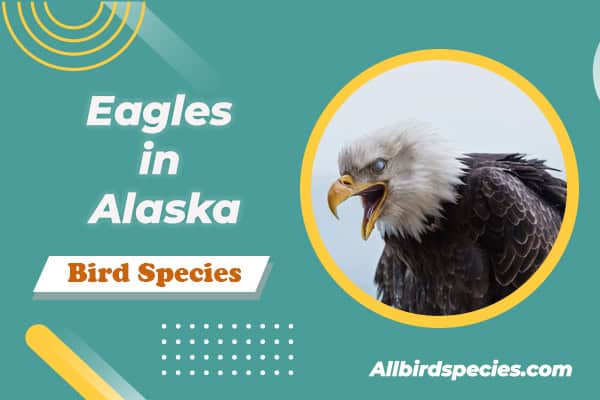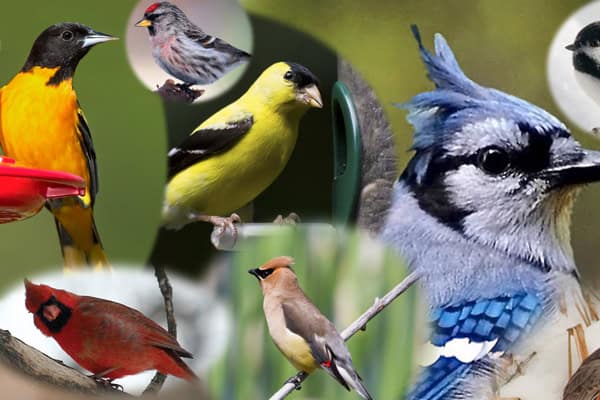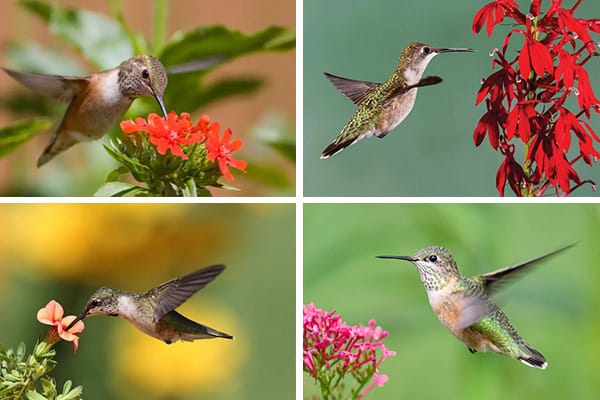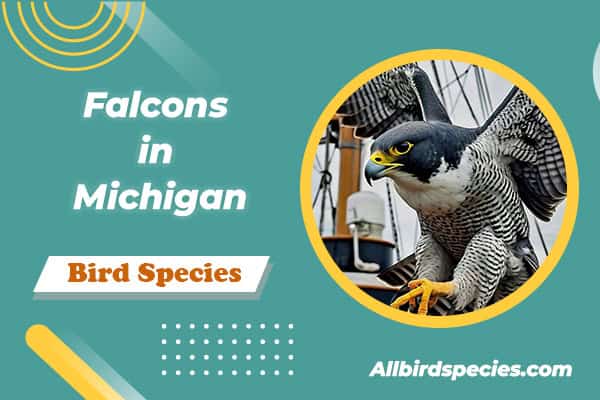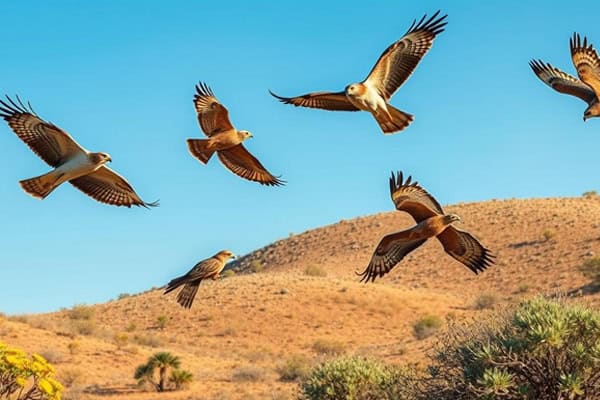4 Types of Eagles In Alaska (With Pictures)
Eagles In Alaska, bird lovers can enjoy amazing experiences. There are lots of different birds to see, like Bald Eagles and seabirds. Alaska’s wild areas are home to more than 550 bird species, some of which are rare and don’t live in places farther south. Eagles are the stars here, showing off their strength and freedom as they fly. They’re top predators with sharp claws and great eyesight, making them excellent hunters. Also, female eagles are usually bigger than males. Come explore Alaska and see these majestic birds in action!
Here we’ll learn about 4 different types of Eagles in Alaska
1. Bald Eagle
- Scientific name – Haliaeetus leucocephalus
- Lifespan – 38 years (maximum recorded)
- Size – 27.9 to 37.8 in
- Weight – 105.8 to 222.2 oz
- Wingspan – 70.8 to 86.6 in
- Status – Least concern
The adult Bald Eagle is easily recognized by its large size, dark brown body and wings, and striking white head and tail. Its yellow bill, eyes, legs, and feet stand out against its dark plumage, with black claws adding to its fierce appearance.

Juvenile and immature Bald Eagles sport a darker brown overall coloration with white speckles on their wings. Their tails feature a dark band and speckles, while their bills are dark and their eyes brown. Their feet are a pale yellow hue.
When communicating, Bald Eagles emit a series of weak, shrill whistles that sound like “kweek-kik-ik-ik-ik-ik-ik-ik.”
Nesting
Bald Eagles typically make their nests in tall conifer trees, seeking out the highest branches. However, if trees aren’t around, they’ll resort to nesting on the ground or cliff ledges. In the southern part of their range, they might even use deciduous trees, cacti, or mangroves as nesting spots.
Their nests, whether in trees or on the ground, are sizable constructions made of sticks. These are often lined with soft materials like moss, grass, feathers, or even cornstalks for added comfort. Ground nests might incorporate materials like driftwood and kelp, utilizing whatever’s available in their environment.
Food
Bald Eagles have a primary diet of fish, favoring species like salmon, herring, catfish, and shad. However, they’re not picky eaters and will also hunt reptiles, birds, amphibians, crustaceans, and small mammals. They’ll either catch their prey alive or scavenge for carrion, showing adaptability in their feeding habits.
Where To Find Them
During the breeding season, Bald Eagles are commonly found in forested areas near lakes and other expansive bodies of water. When food is abundant, they may venture closer to human settlements, often frequenting places like dumps, fish processing facilities, and dams where fish congregate. This adaptability allows them to thrive in various habitats, from remote wilderness to areas influenced by human activity.
2. Golden Eagle
- Scientific name – Aquila chrysaetos
- Lifespan – 31 years (maximum recorded)
- Size – (70 to 84 cm)
- Weight – (3000 to 6125 g)
- Wingspan – (185 to 220 cm)
- Status – Least concern
The Golden Eagle is a majestic raptor, sporting dark brown plumage with a distinctive golden nape and pale flight feathers. Its blue-grey bill with a dark tip and striking golden-yellow eyes add to its regal appearance, while its yellow feet feature sharp black claws.

Young Golden Eagles exhibit primarily dark brown coloring, with white feathers on the tail and bases of the primary feathers. Like their adult counterparts, they boast a golden nape, though their eyes tend to be darker. While typically quiet, these eagles may vocalize with barks and mewing sounds on occasion.
Nesting
Golden Eagles are skilled nest builders, often choosing cliffs in various habitats like shrubland, grassland, chaparral, and forests. While cliffs are their top choice, they’re flexible and might nest on the ground, in trees, on platforms, or even on windmills and observation towers. Their nests are mostly made of sticks and plant materials, but they’re known to use unconventional items like antlers, bones, wire, and fence posts, adapting to whatever’s available.
Food
The Golden Eagle’s nest is cozy and lined with various materials like grasses, yucca, leaves, bark, moss, and lichen. Some believe aromatic leaves might help keep pests at bay. Interestingly, a pair of eagles may reuse the same nest for several years. The female lays one to three eggs per clutch, which are usually white, cream, or light pink with brown blotches. These eggs are carefully incubated for about 41 to 45 days before the hatchlings begin their development, which lasts between 45 to 81 days until they’re ready to leave the nest
Where To Find Them
Golden Eagles inhabit diverse landscapes, including open and semi-open areas with interrupted forests, mountainous regions, canyonlands, rimrock areas, bluffs, and cliffs. Eagles In Alaska, are not widespread and tend to be localized and migratory. These majestic birds are most commonly spotted during the summer months, from March to October, although some individuals may remain in the area throughout the year.
3. White-tailed Eagle
- Scientific name – Haliaeetus albicilla
- Lifespan – 32 years (maximum recorded)
- Size – (66 to 94 cm)
- Weight – (3500 to 7000 g)
- Wingspan – 178 to 245 cm)
- Status – Least concern
The White-tailed Eagle is a big bird with dark brown feathers all over its body. Its head and body are lighter brown, and its tail is white. It has a large yellow bill, legs, and eyes, and black claws. Young eagles have brown feathers, a tail with white streaks, and a dark bill. Their heads and eyes are dark. This eagle makes a loud krick-rick-rick-rick-rick sound.

Nesting
White-tailed Eagles make their nests on cliffs by the sea or in tall trees. They often build their nests on rocky ledges or near the trunk of a tree. Also, These nests are crafted using sticks and branches, and they’re lined with moss, twigs, grass, lichens, wool, seaweed, and ferns. The female eagle lays two to four eggs at a time, which are a plain white color. It takes about 34 to 46 days for the eggs to hatch. After the chicks are born, they stay in the nest for 70 to 80 days before they learn to fly.
Food
The White-tailed Eagle mostly eats fish, but sometimes it also eats small animals like rabbits and rodents and even larger animals like goats and deer. It can eat animals that are alive or already dead. Sometimes it catches birds too, such as seabirds and waterfowl.
Where To Find Them
White-tailed Eagles live in watery places like coastlines, rocky islands, marshes, rivers, and lakes. Some of them move around, especially those in the far north, traveling south when it gets cold. Sometimes, they visit Alaska from Asia, though they’re not very common there. People have spotted them near places like Nome, Kodiak Island, St. Paul Island, Attu Island, Aland Island, Kiska Island, and close to Lopp Lagoon.
4. Steller’s Sea Eagle
- Scientific name – Haliaeetus pelagicus
- Lifespan – 25 years (maximum recorded)
- Size – (85 to 105 cm)
- Weight – (4900 to 9500 g)
- Wingspan – (195 to 245 cm)
- Status – Vulnerable
The Steller’s Sea Eagle is a really big bird with a big head and an enormous yellow-orange beak. Grown-up ones have brown feathers mostly, but their belly, tail, rump, thighs, forehead, and patches on their shoulders are white.
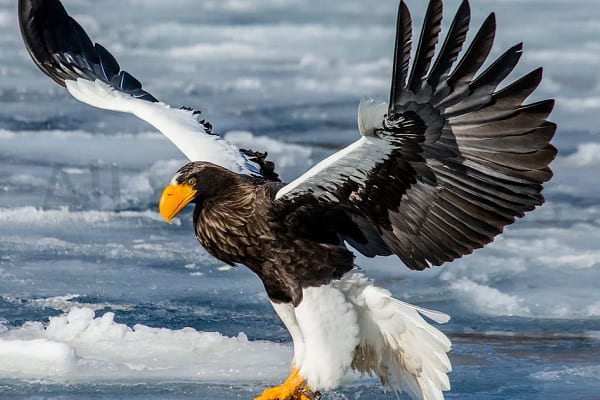
Their eyes are yellow, and their feet are bright yellow too, with black claws. Young ones and teenagers are darker, with light yellow patches on their shoulders and tail feathers. They have a blackish bill and dark brown eyes. This bird makes a barking sound like “ra-ra-rau-rau.”
Check Our Previous Articles:
Nesting
Steller’s Sea Eagles usually make their nests near the mouths of rivers, by lakes, coastlines, or on cliffs near the sea. They build big nests out of sticks, either on top of trees or on cliff ledges. A pair of eagles often use the same nest every year. The female lays one to three eggs in a group. These eggs are greenish-white. It takes about 38 to 45 days for them to hatch. After the chicks are born, they stay in the nest for about 70 days before they learn to fly.
Food
Steller’s Sea Eagles mostly eat fish, especially salmon and trout. Sometimes, they might also have seabirds or small mammals for dinner. They can eat animals that are alive or already dead.
Where To Find Them
Steller’s Sea Eagles, as their name hints, prefer to hang out near water, like the sea and rivers. You can often spot them chilling on coastlines or flying over forested valleys along rivers. Although they’re not common, they sometimes visit Alaska from Asia. They breed in Russia and then migrate south to Japan and Korea.
In Alaska, people have spotted them at several places like Saint Paul Island, Saint George Island, Unimak Island, Kodiak Island, Attu Island, Amchitka Island, Dillingham, King Salmon, Lower Noatak River, and Taku Inlet.
Frequently Asked Questions
Q1. What kind of eagles live in Alaska?
Bald Eagles and Steller’s Sea Eagles are common in Alaska.
Q2. What city in Alaska has the most eagles?
Homer, Alaska, is known for having a large population of eagles.
Q3. What town in Alaska is overrun by eagles?
Unalaska, Alaska, is sometimes described as being overrun by eagles.
Q4. When can you see eagles in Alaska?
Eagles can be seen throughout the year in Alaska, but they are especially abundant during the winter months, from November to March.

